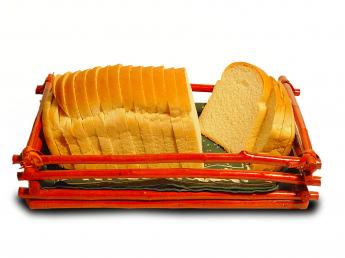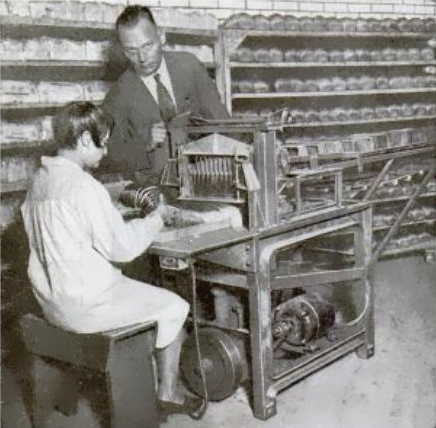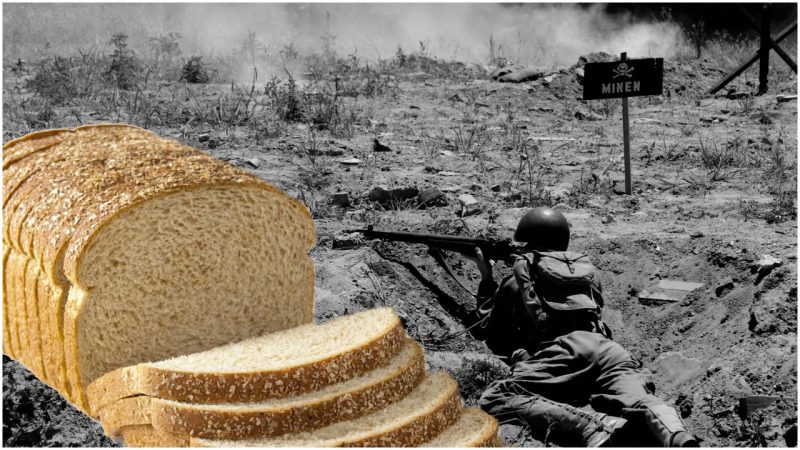“The best invention since sliced bread” has become a popular expression. Pre-sliced loaves hit the market in 1928, heralded as “the greatest forward step in the baking industry since bread was wrapped.”
However, during the Second World War, the step forward halted mid-stride when sliced bread was briefly banned in the United States.
In 1943, the Secretary of Agriculture and head of the War Foods Administration, Claude R. Wickard, came up with the idea to ban pre-sliced bread in America, and he pushed it through the same year. The ban was not clearly explained; it is thought to have been a wartime conservation measure regarding resources, probably referring to wax paper, steel, or wheat. It might also have been an answer to the problems caused by increased price of bread thanks to the Office of Price Administration’s authorization of a 10 percent rise in the flour price.

At the time pre-sliced bread was a popular product nationwide. So banning sliced bread was expected to decrease bread consumption, which would reduce the demand for flour and, finally, decrease the prices of those products, while at the same time increase stockpiles of wheat.
Regarding the wax-paper conservation, this type of bread required much thicker wax paper than the loaves because, understandably, it went stale very quickly. In fact, this was stated as the official reason for the ban, but reportedly, there wasn’t any lack of wax paper at the time. Most bread-making companies had wax-paper supplies that lasted for several months. Moreover, the idea of conserving wheat can be observed as unreasonable since, at the time of the ban, the U.S. had already stockpiled more than one billion bushels of wheat–a supply for around two years even if there wasn’t any new wheat harvested during that period.
Interestingly, in order to solve the “staleness problem,” Rohwedder, the inventor of the first automatic bread slicer, attempted to hold the pieces together with pins. The pins would be removed every time a slice was taken. This didn’t work out as expected, so the machine was modified to wrap the sliced loaves in wax paper.
Regarding steel, the bread-making machines used some of it so it has been suggested that the ban was related to the conservation of this metal. Nevertheless, this reasoning seems weak, as most of the bread manufacturers at the time weren’t actively buying new bread slicing machines. Even the amount of metal used in the production of the large-sized machines was minor.
Not surprisingly, the masses were quite disappointed when they learned about the ban. Its popularity in U.S. households was so widespread that it even led to the expression: “the best thing since sliced bread.” The New York Times published a letter from an agitated housewife about her dissatisfaction over the ban:

“I should like to let you know how important sliced bread is to the morale and saneness of a household. My husband and four children are all in a rush during and after breakfast. Without ready-sliced bread I must do the slicing for toast – two pieces for each one – that’s ten. For their lunches I must cut by hand at least twenty slices, for two sandwiches apiece. Afterward I make my own toast. Twenty-two slices of bread to be cut in a hurry!”
Fortunately, three months after the ban was introduced, it was rescinded, on March 8, 1943. When he lifted the ban, Wickard stated that savings were not as much as expected.
